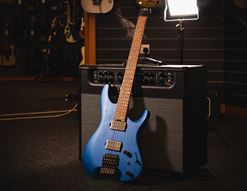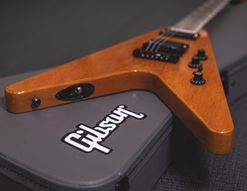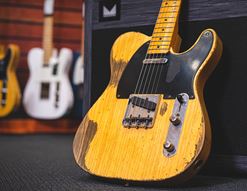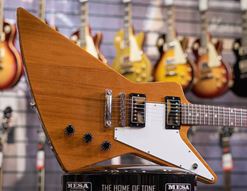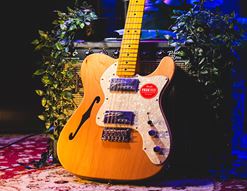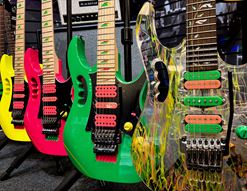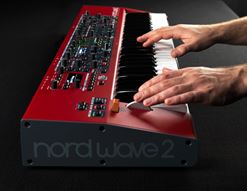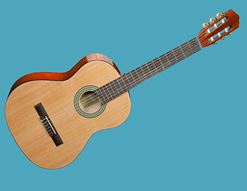Fender sure do make a lot of guitars, don’t they? Are you looking for a new US-made Fender? If so, you’ll want to check out this guide: it’s not always obvious just by looking at a Fender guitar or bass whether it’s from America, Japan, Mexico or Indonesia.
Help is at hand!

I’ve put together a brief yet detailed rundown of all of the main American ranges that are currently available. From Performer to Ultra, you’ll know what’s what by the end of this blog, and be in a great position to make an informed choice about what’s best for you. I’ll order these ranges roughly by cost, with the most affordable series’ ahead of the pricier ones. Speaking of which, any prices I roughly mention will be accurate for time of writing, which is August 2024.
Are you ready? Then let’s do this…
Contents
American Professional II (American Pro)
American Performer
The first stop, price-wise is the American Performer range. These are actually priced around about or just above the most expensive Mexican-made models, and the range replaces the previous American Special range.
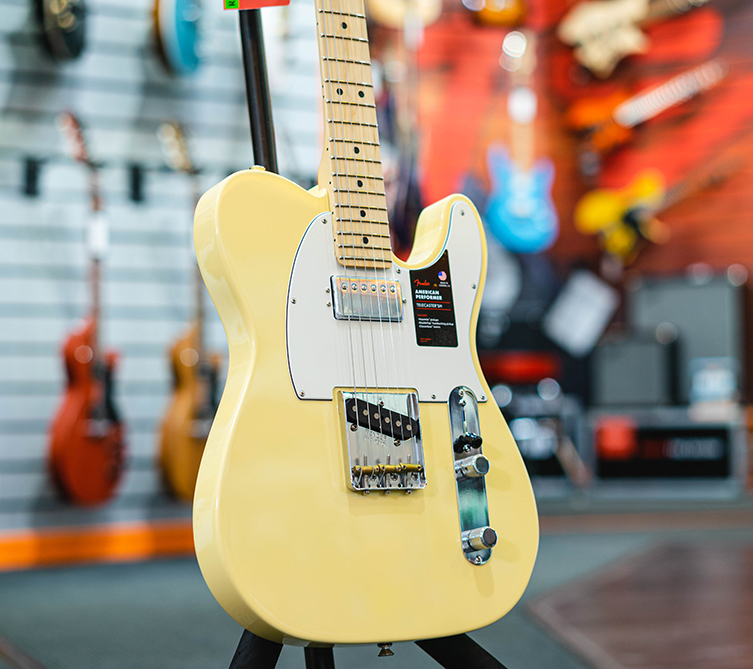
Style and spec-wise, the American Performer range is an interesting mix of slightly retro looks (big headstocks and 70s-style logo/lettering) with modern player’s touches such as humbuckers, jumbo frets and other model-specific features.
It’s a reasonably populated - if not comprehensive - range in terms of models, with the following models available:
- Stratocasters (HSS and SSS or ‘regular’)
- Telecasters (with or without a neck humbucker)
- Mustang
- Jazzmaster (with a Strat-style bridge, which is actually a pretty bold decision if you ask me)
- Precision bass
- Jazz bass
- Mustang bass
The idea behind this range is to provide busy gigging guitarists and bassists a range of solid, reliable, US-made Fenders that deliver value and performance. Satin finishes are often employed, and occasional limited editions are released too, such as the current ‘Timber’ series that uses non-standard tonewoods like Sassafras and Sugar Pine.
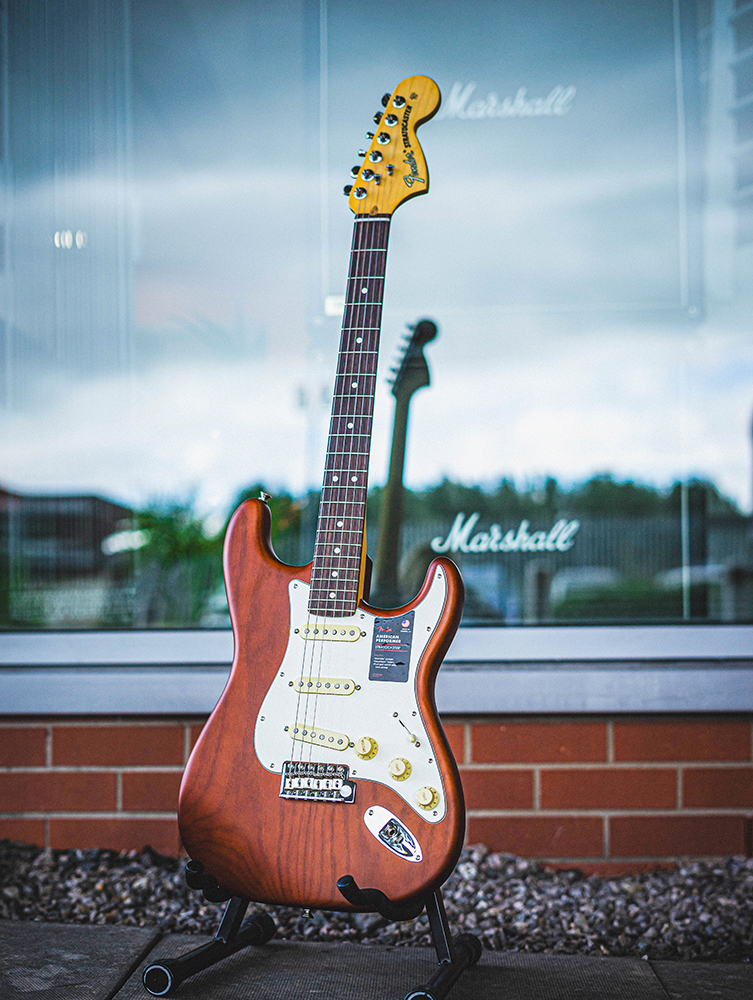
The Fender American Performer range are great all-rounders, not fully vintage nor futuristic, but instead many things to many people.
American Professional II (American Pro)
The Fender American Pro II range is the ‘standard to beat’ for American-made guitar brands. It’s the bread and butter (to use a pretty reductive term) of Fender’s American offerings, and as most guitarists who’ve used one will tell you, they are quite excellent.

All major models are catered for, and the level of quality across all areas - such as hardware and build - is as high as you’d expect from the biggest guitar company in the world’s flagship range. True, there are dearer ranges, as we’ll see, but this is the one that everybody uses as a yardstick for how well Fender are putting together guitars, and these are correspondingly impressive.
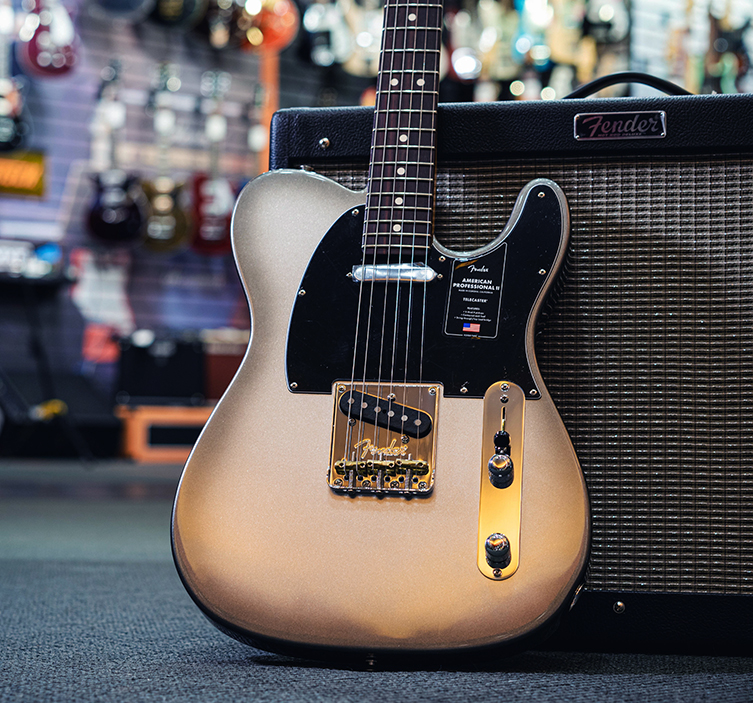
What special features and specs are included in this range?
- Specially-designed V-Mod pickups (individually voiced for each model and pickup location)
- Upgraded tremolo on the Strats (modern 2-point design instead of less efficient ‘vintage’ 6-pin style) with a steel block for better sustain
- Deep C neck profile with rounded edges
- 22 narrow tall frets: halfway between a vintage feel and a jumbo (great for soloing) feel
- Treble bleed circuit in the volume pot, which keeps the high end from disappearing as the volume is rolled down
- Push-push switch (certain models only) which adds in neck pickup to pickups selections 1 & 2
- Sculpted neck heel for easier upper fret access without changing the look severely.
You’ll note that all of these features are player-centric: they are all there to provide a more comfortable and fun playing experience for you, and they all make a lot of sense to me.
It’s also worth mentioning how awesome the finishes are. Miami Blue looks like it has always belonged on Fender guitars (and is one of their best-sellers for Strats) and the Dark Night is, for me, a future classic like Silverburst.
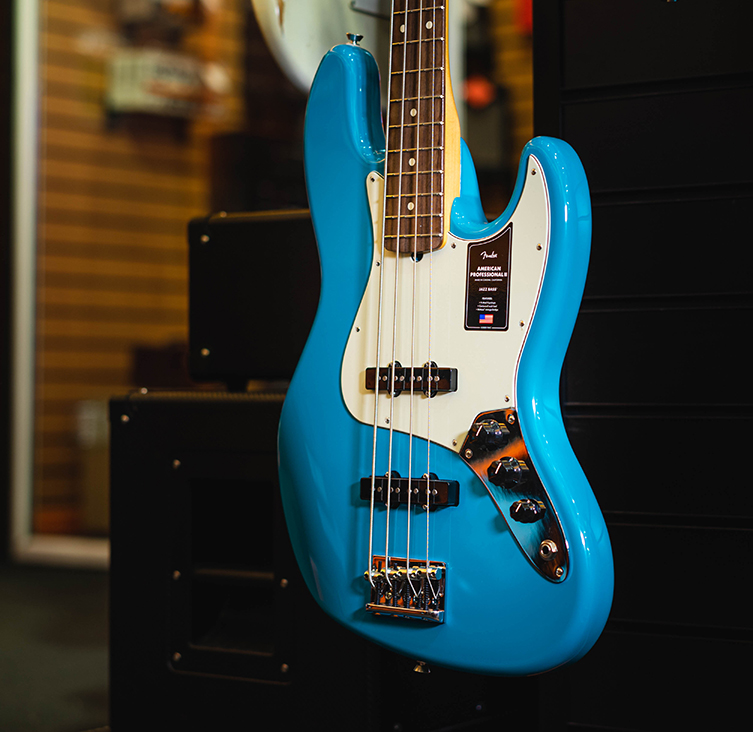
I’d say that this is where to begin with any search into American Fenders. Compare other ranges to this one and you’ll be able to determine what you like & don’t like, with solid opinions on why. Many players find this to be the range to go for, but whether they are for you or not, you should have some experience of them.
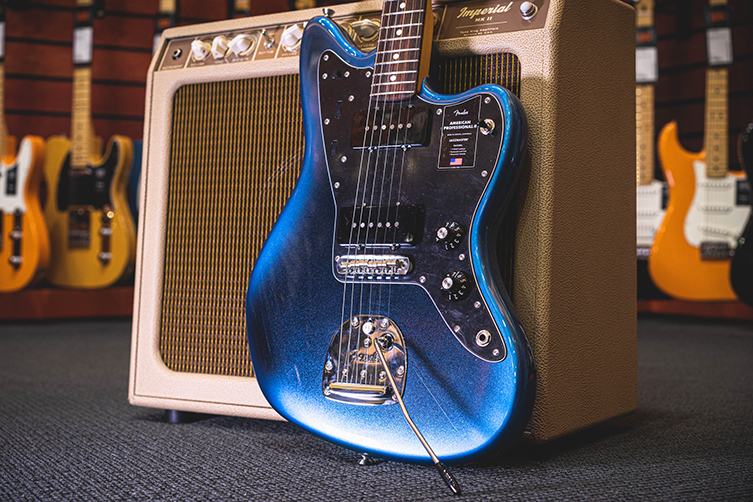
American Vintage II
A large cross-section of Fender fans will always want their guitars to be as close to those from the golden age of the 50s and 60s as possible. Make ‘em like the did in the good ol’ days! That’s what the American Vintage II range is for.

Fender always offer vintage-focussed ranges, and where the Vintera range caters to a more affordable market (still not ‘cheap’, by any means!), the American Vintage II series brings a higher level of authenticity along with the US-construction quality.
So, what type of things actually make a Fender guitar more of less ‘vintage’? I concede that, on first glance, it can be hard to tell, since the designs are all so timeless. It’s when you get a little closer in that you start to understand the numerous small changes that add up to a significantly different guitar.
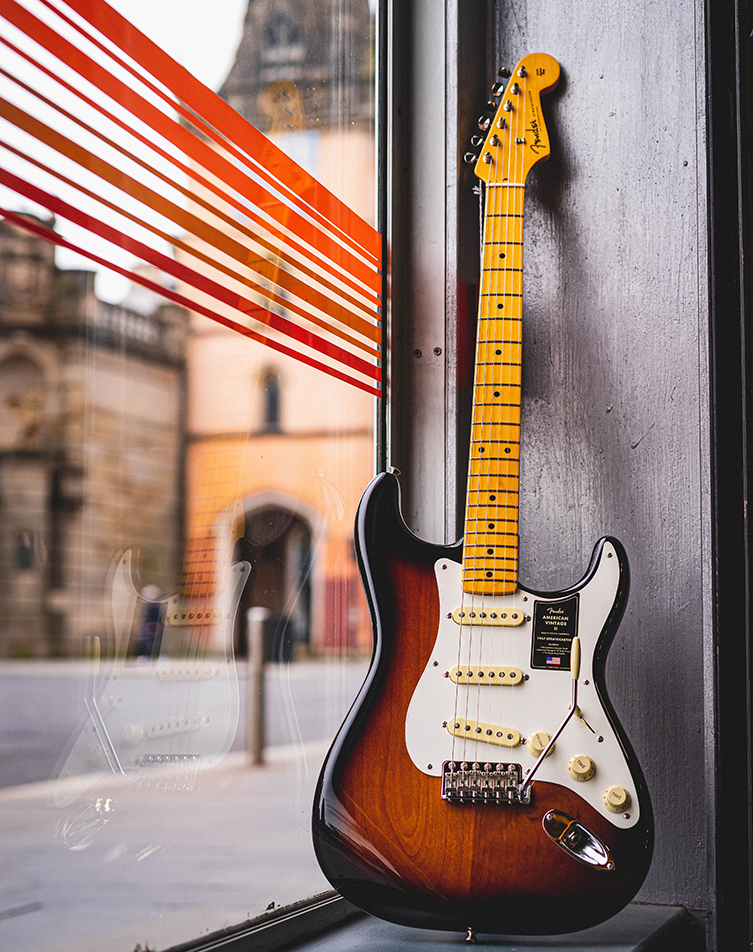
Here are some of the ways in which an American Vintage II guitar will differ from, say, an American Professional II equivalent…
- Neck specs: neck profiles will often be fuller on vintage spec’d guitars, with more heft and overall size. Profile shapes can vary between C, U and V, all of which have their fans.
- Fingerboard radius: From the 50s till the late 70s (and very often beyond that, too), Fender’s fingerboards were relatively curved, with a radius that measured 7.25”. More modern Fenders have settled on 9.5” as a better ‘general size’ for most musicians. For context, modern shreddy guitars often have 16” radius boards!
- Vintage frets: the fretwire itself is thinner and less tall, which goes a long way to determine how the guitar actually feels under your fingers.
- Pickups: Fender tend to tailor their pickups to specific models anyway, but as a general comment, vintage-voiced pickups tend to have less output and more brightness to their tone (yes, there is a direct correlation between those things!)
- Nitro lacquer: Fender used to finish all of their guitars in nitrocellulose lacquer. This has a distinctive touch, sheen and smell, and it dents up pretty easily for those who like a bit of a relic effect! Since the mid 70s, Fender (and most other brands apart from Gibson) switched to a polyurethane lacquer. Both are chemical solvents, but the main difference to the guitarist is that ‘poly’ finishes sit on top of the guitar’s wooden body and form a sort of barrier or shell which is really quite tough and difficult to scratch (though don’t be trying too hard to scratch it up, okay?). Nitro, on the other hand, kind of bonds with the timber to a degree (almost sinking in) and some say that this allows the wood to breathe more.
The American Vintage II range chooses specific production years for each model as a focus, so instead of simply having a Telecaster model, it’s a 1951 Telecaster, featuring period-correct specs for guitars of that era.
The 1954 Precision bass, for example, has the ‘pre split-coil’ single coil pickup and large pickguard, both of which are true to the time. The 1966 Jazzmaster has a bound neck and block inlays for the same reasons, and this is true throughout the range.

American Ultra
At the opposite end of the Fender spectrum lies the American Ultra series. Instead of a vintage focus, these instruments are all about modern day innovation. Some players want the authentic article from the past, but others concede that advances have been made in certain areas since the glory days, and they want those advances to be represented in the guitars they play.
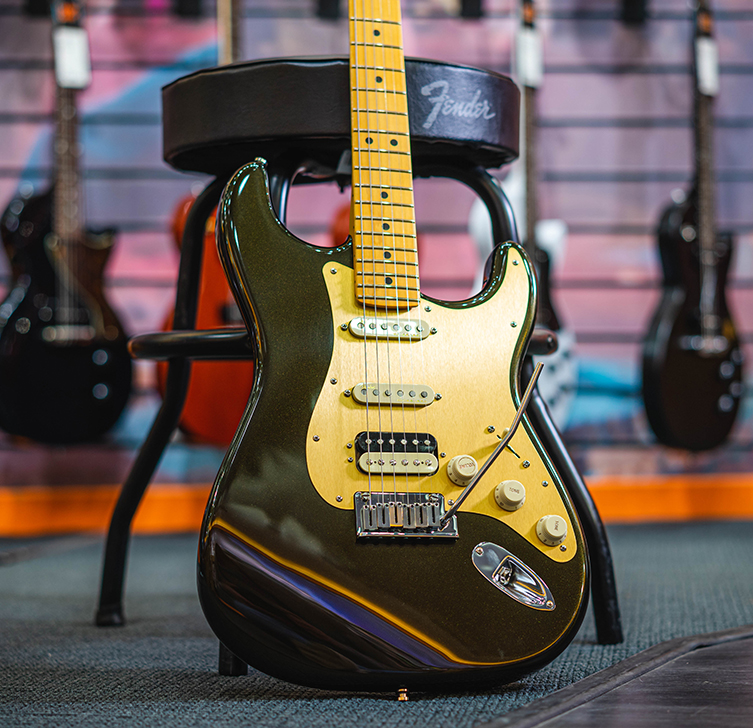
So, what are these modern differences? Let me lay them out below, with the caveat that certain models will feature more or less of these depending on their design…
- Body contours: the back of the guitar is sculpted out more for comfort and fret access
- Neck shape: Fender have developed a special ‘Modern D’ neck profile, which also has rolled fingerboard edges (sanded back to a rounded edge so there are no ‘sharp’ edges), again for comfort.
- Compound radius fingerboard: the fingerboard actually gets flatter the higher up the neck it goes, starting with a 10” radius and ending with a 14”. Perfect for comfy chords and accurate solos.
- Ultra-Noiseless pickups: single coil pickups with the newest generation of hum-cancelling technology.
- Extra switching: an S1 switch (a button hidden inside a control knob) allows extra tonal options
- Locking tuners: particularly useful for tremolo-equipped guitars. One day, all guitars will come with these.
The Fender Ultra Series focuses on a number of Strat and Tele models, with one Jazzmaster in there too. For basses, there’s a P-bass, Jazz bass and a 5-string Jazz bass.
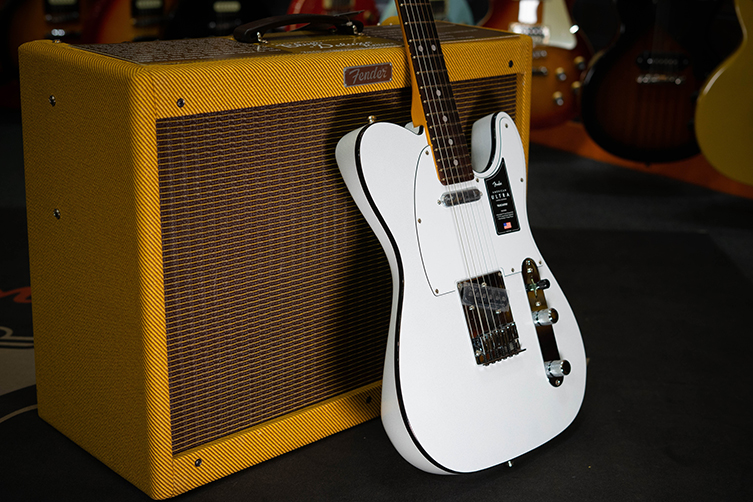
Fender Ultra Luxe
The Ultra-Luxe Series takes the contemporary vibes of the Fender Ultra series and pushes things slightly further out. Taking the Ultra models as a starting point, the Ultra Luxe guitars change things up with painted headstocks, stainless steel frets, a TUSQ nut and certain models also have a locking Floyd Rose tremolo.
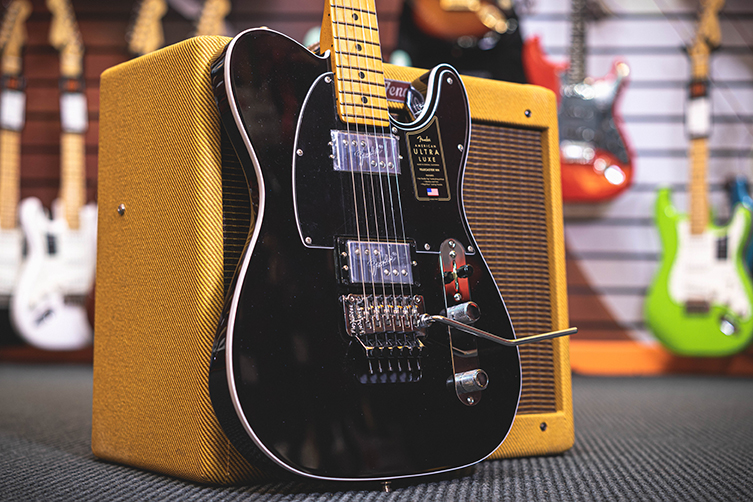
Models and finishes are limited since this series is quite specific. It’s meant to be a sort of state-of-the-art performance series, so they are deliberately aimed at a certain type of player. Here’s what the range contains:
- Stratocaster (three single coils)
- Stratocaster HSS (one humbucker, two single coils) with a Floyd Rose tremolo
- Telecaster (two single coils)
- Telecaster HH (two humbuckers) with a Floyd Rose tremolo.
There are no Ultra Luxe bass models.
Fender USA Artist Models
Fender Artist Signature guitars make up a good amount of the company’s output. Whilst many these days are built in the Mexican Ensenada facility, there are still plenty made in the Californian factory. Roughly speaking, all signature models were once American-made, and those from that era continue to be, so for example you won’t see a Mexican-made Eric Clapton Signature: it’ll always be American. Newer signature artists, like Tom Delonge, have had instruments made in all of Fender’s locations, though his USA-made guitars are a thing of the past.
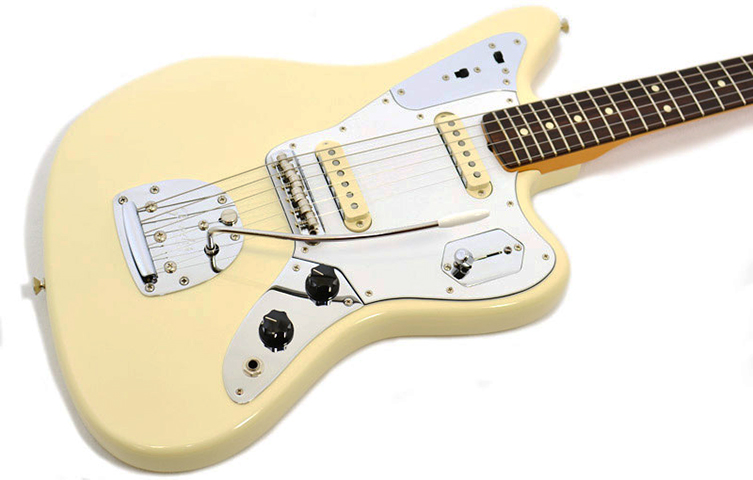
So, being that this blog is about American Fenders, here’s a list of the Artist guitars that are made in Corona, California…
- Eric Clapton Stratocaster
- Yngwie Malmsteen Stratocaster
- Susan Tedeschi Telecaster
- Lincoln Brewster Stratocaster
- Raphael Saadiq Telecaster
- Richie Kotzen Stratocaster
- Juanes Stratocaster
- Michael Landau Coma Stratocaster
- Eric Johnson Stratocaster
- Stevie Ray Vaughan Stratocaster
- Britt Daniel Telecaster
- Johnny Marr Jaguar
- Jeff Beck Stratocaster
- Nile Rodgers Stratocaster
And the Fender USA Artist basses…
- Tony Franklin Precision bass
- Geddy Lee USA Jazz bass
- Jaco Pastorius Jazz bass
- Adam Clayton Jazz bass
These Artist Signature models do change, and there are loads of artist guitars and basses available from Fender’s Mexican (and even Squier) ranges. Also, the price brackets are sneaking closer together, so the gap between the cost of Mexican-made and Californian-made guitars is often less than you’d expect.
Fender America
Fender’s US-made instruments are still considered to be among the best in the world. As well as being market leaders, they are the most bought, played, desired and utilised guitar brand on the planet. Demand for them is always high, and the American models will always hold their value above those made elsewhere.
If you are considering a new Fender guitar, and feel that a US model is your next step, then hopefully this blog has shown you how wide-ranging and comprehensive those offerings are. There will almost certainly be a Fender USA guitar or bass for you!
Click to View Everything Fender USA




